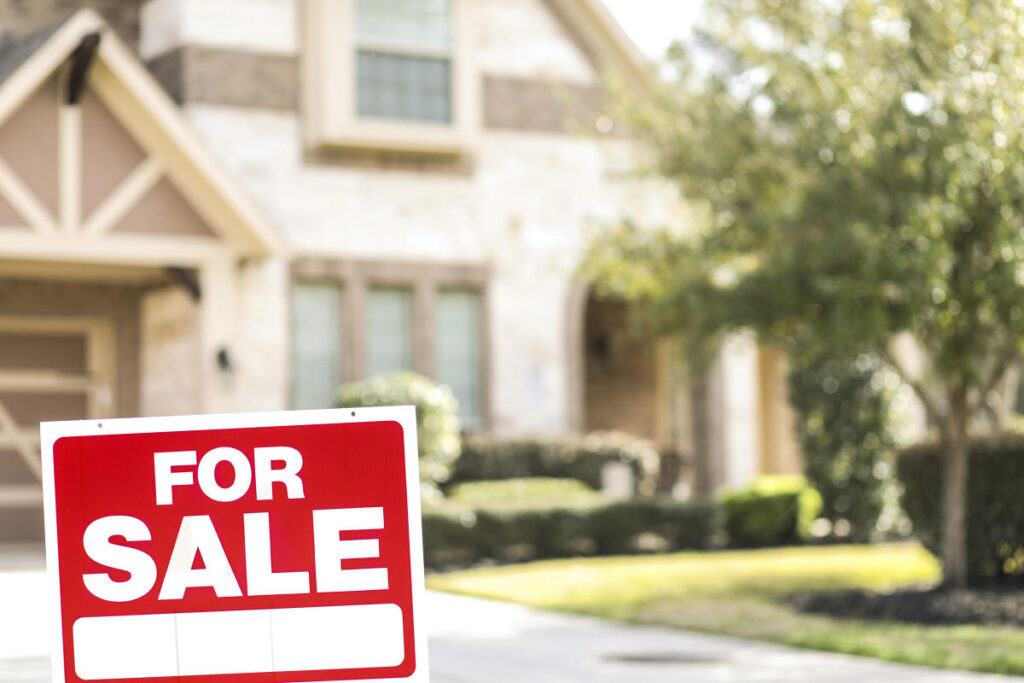As discussions surrounding the revival of the first-time home buyer tax credit gain momentum following the recent presidential election, policymakers are weighing potential strategies to stimulate the housing market. Kamala Harris proposed a significant down payment assistance initiative, offering $25,000 to new home buyers as a means to invigorate the housing sector. Conversely, Donald Trump’s campaign adopted a quieter stance on similar incentives, although his administration’s roadmap hinted at tax incentives and regulatory adjustments to enhance home construction and affordability. With Federal Reserve policies lowering short-term interest rates yet keeping mortgage rates steady, the housing market remains under pressure, raising questions about whether the new Trump administration will implement measures to alleviate this strain.
The Republican platform for 2024 emphasizes the importance of tax incentives and federal land development in bolstering homeownership and construction. It additionally highlights that combatting inflation should lead to a decrease in mortgage rates. Trump has shown interest in directing the Federal Reserve’s monetary policy to target reductions in mortgage rates, aiming to bring home loan rates down to 3% or even lower. These promises aim to create a more robust environment for first-time buyers, responding to the current stagnation in the housing market driven by high mortgage costs.
Historically, the first-time home buyer tax credit was introduced by Congress in 2008 and provided buyers with a tax rebate based on a percentage of their home purchase price, capped at $8,000. This initiative lasted until 2010, with extensions for specific groups such as service members. As the home-buying landscape currently lacks a federal tax credit, potential buyers are encouraged to explore alternative options like mortgage credit certificates (MCCs). Available through state housing finance agencies, MCCs enable eligible buyers to claim a portion of their mortgage interest as a federal tax credit, facilitating affordability for low- to moderate-income households.
Various local and state entities supplement federal programs by offering down payment assistance, grants, and reduced mortgage rates. Prospective home buyers should consult state housing finance agencies or the Department of Housing and Urban Development for assistance programs, while local government websites may also provide additional resources. These initiatives, which often come with income limits and specific eligibility requirements, are crucial for enabling first-time buyers to overcome financial barriers associated with home ownership.
First-time home buyers typically benefit from several loan programs designed to ease the purchasing process. These programs are particularly valuable as they often feature lower down payment requirements; conventional loans can offer as little as 3% down, while FHA-backed mortgages require only 3.5% down for borrowers with credit scores starting at 580. Additionally, VA loans and USDA mortgages present no-down-payment options for military families and low-to-moderate-income individuals in rural areas, respectively. By collaborating with the best mortgage lenders, first-time home buyers can find suitable loan options and assistance programs tailored to their financial situation.
After securing a home, individuals can also enjoy enduring tax breaks associated with homeownership. Tax benefits may include deductions for origination fees, discount points, mortgage interest, and property taxes. Moreover, there are incentives available for making energy-efficient improvements to the home. These benefits serve not only as financial relief but also as encouragement for maintaining and enhancing the value of homes, contributing to a more sustainable and economically sound housing sector. As the political climate evolves and the housing market adapts, first-time home buyers will need to stay informed about upcoming changes and available programs that could influence their journey to homeownership.

